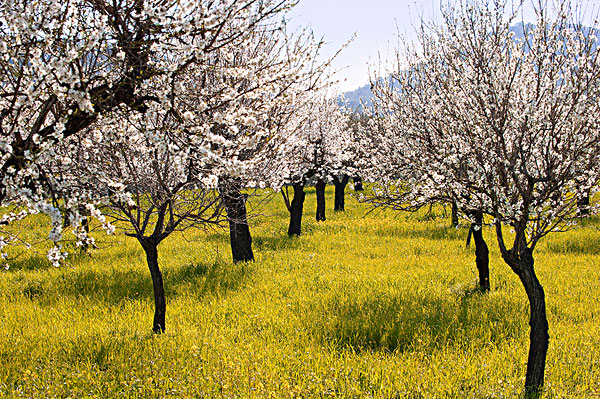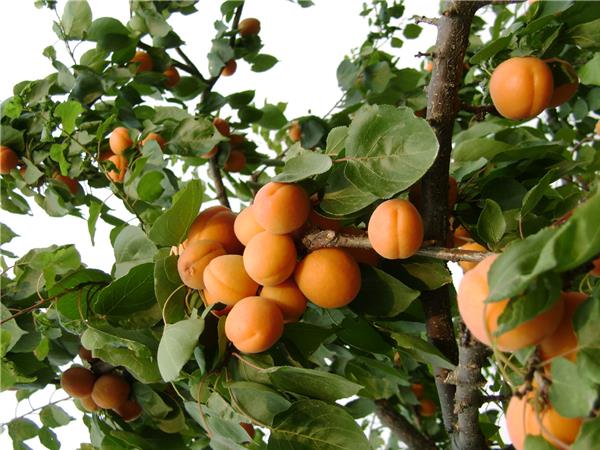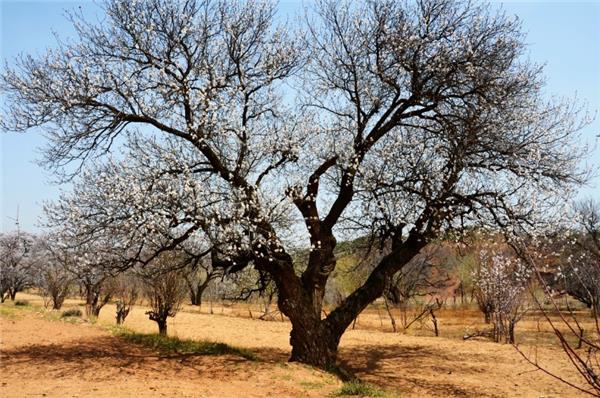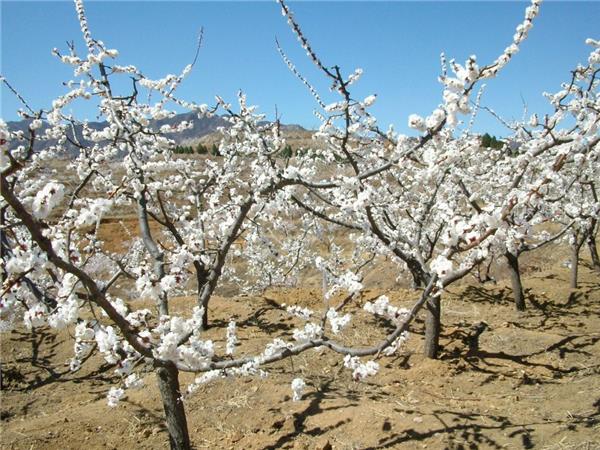Apricot varieties that can be used in medicine and protection methods of apricot roots
Apricot root is a kind of traditional Chinese medicine that can be used in medicine, reasonable and appropriate internal administration of apricot root can play a role in detoxification, is it very powerful? So which varieties of apricot trees, their roots can be used as medicine?

Apricot varieties that can be used as medicine.
1. Small deciduous apricot trees, 4-10cm high; bark dark reddish brown, longitudinally lobed. Simple leaves alternate; leaf blade oval or broadly ovate, 5-9cm long and 4-8cm wide. Flowers solitary, densely inserted, slightly racemose; flowers almost sessile, calyx base tubular, outside pubescent, distally 5-lobed; petals 5, white or light pink, rounded to broadly Obovate; stamens numerous, inserted into calyx tube margin; pistil simple carpel, inserted at calyx tube base. Drupe orbicular, sparsely Obovate, above 2.5cm in diam. Seeds 1, cordate-ovate, light red. The flowering period is from March to April and the fruiting period is from June to July.
2. The main characteristics of wild apricot variety are leaf base cuneate or broad cuneate; flowers often 2 clustered, light red; fruit nearly globose, red; nucleus ovoid, away from flesh, surface rough and reticulate, ventral ribs often sharp.
3. Mountain apricot shrub or small tree, 2-5m high. Leaves ovate or suborbicular, long (3 -) 5-10cm, wide (2.5 -) 4-7cm. Flowers solitary, 1.5-2 cm in diam.; sepals oblong-elliptic, apex pointed; petals suborbicular or Obovate, white or pink. The fruit is oblate, 1.5-2.5cm in diameter, flat on both sides, thin and dry pulp, cracking when ripe, sour and astringent, not edible. The nucleus is easy to separate from the pulp, and the basal side is asymmetrical and smooth. The flowering period is from March to April and the fruiting period is from June to July.

Factors affecting nutrient uptake by apricot roots
Soil temperature: in the appropriate temperature range, with the increase of soil temperature, the respiration of roots is gradually strengthened, and the rate of nutrient absorption is also accelerating. When the temperature is close to 0 ℃ or more than 30 ℃, the rate of nutrient absorption decreases greatly. Film mulching of apricot orchard in low temperature period in spring can significantly improve the ability of root system to absorb nutrients.
Soil moisture: apricot growth and nutrient absorption are inseparable from soil moisture, the application of organic fertilizer in the soil decomposition, transformation, the dissolution and movement of various fertilizers are related to soil water content. Such as excessive irrigation and too much Rain Water will cause soil nutrient loss and poor soil permeability. The annual water demand of apricot orchard is 450-600 mm, which is not beneficial to much water.
Soil air: under the condition of soil air circulation and sufficient oxygen, apricot roots absorb vigorously, the absorption of nutrients increases, and the decomposition and transformation of organic matter in soil is also fast. Under the condition of good air permeability of soil environment, apricot root system is developed, and there are more capillary roots (absorbing roots). If the soil permeability is not good, the root is short and thick, the capillary root is reduced, and the ability to absorb nutrients and water is reduced. The impermeability of soil has a great influence on soil microorganisms.

Control measures of apricot root rot
The main results are as follows: 1. It is strictly forbidden that the disease mainly occurs in the continuous cropping nursery and in the apricot orchard where seedlings are raised between rows of apricot trees, so strictly preventing the seedlings of big trees between rows can effectively prevent the occurrence of the disease.
2. If the diseased tree is irrigated to the diseased plant, if it is a big tree, dig an annular ditch 50 meters deep and 30 meters wide under the crown, sprinkle fungicides into the ditch, and then fill the original soil back into the ditch; if it is a young tree, you can nail the hole with an iron bar to reach the root distribution layer and inject chemicals into the eyes. The commonly used reagents are: 2-4 Baomedo stone sulfur mixture and 200 times copper sulfate solution. The dosage of big trees is 15-20 kg per tree, and that of young trees is 5-10 kg per tree.
3. After the drug treatment entered the high temperature and rainy season, the roots were irrigated with 2-4 Baumeido stone sulfur mixture. In the middle and last ten days of October, the diseased plants were irrigated with 200 times copper sulfate solution. The drug was infused again before and after falling leaves and in the spring of the following year.
4. early prevention for apricot trees with a history of root rot, apricot trees can be irrigated with 200 times copper sulfate and other chemicals from late April to early May. Seedlings cultivated in the affected area should be disinfected before planting and then irrigated after planting, which can effectively prevent the occurrence of diseases.

In addition, in the prevention and control of apricot root rot, we should not only strengthen the disease control, but also reduce the amount of fruit, increase fertilizer and water, strengthen underground management, and enhance the tree potential, so as to enhance the disease resistance of the tree. in order to ensure that apricot roots can effectively absorb soil components, thrive and grow healthily.
- Prev

Matters needing attention in planting Fruit trees and Analysis of Economic benefits
Matters needing attention in planting Fruit trees and Analysis of Economic benefits
- Next

Culture methods and matters needing attention of green apple and bamboo taro
Culture methods and matters needing attention of green apple and bamboo taro
Related
- Wuhan Hospital Iron Tree Blooming Result Was Instantly Frightened by the Gardener Master
- Which variety of camellia is the most fragrant and best? Which one do you like best?
- What is the small blue coat, the breeding methods and matters needing attention of the succulent plant
- Dormancy time and maintenance management of succulent plants during dormancy
- Minas succulent how to raise, Minas succulent plant pictures
- What are the varieties of winter succulent plants
- How to raise succulent plants in twelve rolls? let's take a look at some experience of breeding twelve rolls.
- Attention should be paid to water control for succulent plants during dormant period (winter and summer)
- Watering experience of twelve rolls of succulent plants
- Techniques for fertilizing succulent plants. An article will let you know how to fertilize succulent plants.

